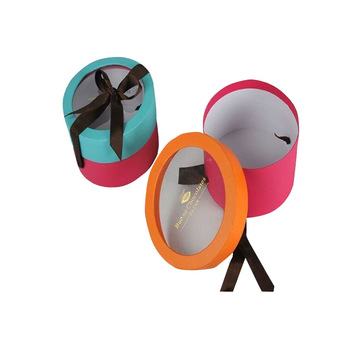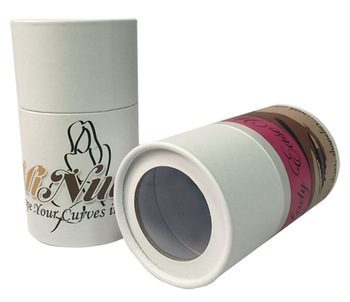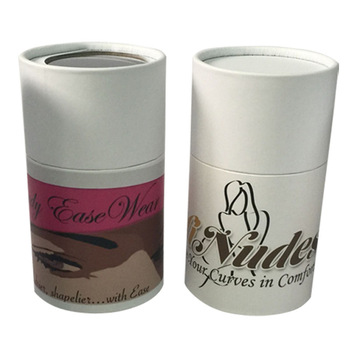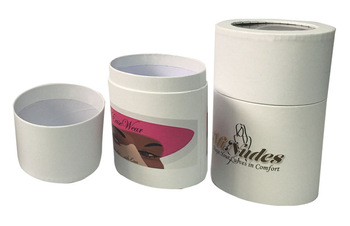Rat insulin-like growth factor binding protein-3 (IGFBP-3) Elisa kit instructions
Rat insulin-like growth factor binding protein-3 (IGFBP-3) Elisa kit instructions This kit is for research use only. Detection range: 96T1.6μg / L -50μg / L Purpose: This kit is used to determine the content of insulin-like growth factor binding protein-3 (IGFBP-3) in rat serum, plasma and related liquid samples. Experimental principle This kit uses the double antibody sandwich method to determine the level of rat insulin-like growth factor binding protein-3 (IGFBP-3) in the specimen. Microporous plates were coated with purified rat insulin-like growth factor binding protein-3 (IGFBP-3) antibody to make solid-phase antibodies, and insulin-like growth factor binding protein-3 ( IGFBP-3), and then combined with HRP-labeled insulin-like growth factor binding protein-3 (IGFBP-3) antibody to form an antibody-antigen-enzyme-labeled antibody complex. After thorough washing, the substrate TMB is added for color development. TMB is converted into blue under the catalysis of HRP enzyme, and into the final yellow under the action of acid. The color depth is positively correlated with the insulin-like growth factor binding protein-3 (IGFBP-3) in the sample. The absorbance (OD value) was measured with a microplate reader at a wavelength of 450 nm, and the concentration of rat insulin-like growth factor binding protein-3 (IGFBP-3) in the sample was calculated by a standard curve. Kit composition 1 30-fold concentrated washing solution 20ml × 1 bottle 7 stop solution 6ml × 1 bottle 2 enzyme label reagent 6ml × 1 bottle 8 standard (80μg / L) 0.5ml × 1 bottle 3 enzyme label coated plate 12 well × 8 strips 9 standard diluent 1.5ml × 1 bottle 4 sample diluent 6ml × 1 bottle 10 instruction manual 1 copy 5 developer A solution 6ml × 1 bottle 11 sealing film 2 sheets 6 developer B solution 6ml × 1 / Bottle 12 sealed bag 1 specimen requirement 1. Specimens are extracted as soon as possible after collection, and extraction is performed according to relevant literature, and experiments should be conducted as soon as possible after extraction. If the test cannot be performed immediately, the specimen can be stored at -20 ℃, but repeated freezing and thawing should be avoided. Samples containing NaN3 cannot be detected because NaN3 inhibits horseradish peroxidase (HRP) activity. Procedure 1. Dilution of standard product: This kit provides one original standard product. The user can perform dilution in a small test tube according to the following chart. 40μg / L No. 5 standard 150μl original standard added 150μl standard dilution 20μg / L No. 4 standard 150μl No. 5 standard added 150μl standard dilution 10μg / L No. 3 standard 150μl No. 4 standard Add 150μl standard dilution 5μg / L No. 2 standard 150μl No. 3 standard add 150μl standard dilution 2.5μg / L No. 1 standard 150μl No. 2 standard add 150μl standard dilution 2. Add sample : Set up blank wells (the blank control wells do not add samples and enzyme-labeled reagents, the rest of the operations are the same), standard wells, and sample wells to be tested. Accurately add 50μl of the standard on the enzyme-coated plate, add 40μl of sample diluent to the sample well, and then add 10μl of the sample to be tested (the final dilution of the sample is 5 times). Add the sample and add the sample to the bottom of the well of the microplate, try not to touch the wall of the well, shake gently to mix. 3. Incubation: seal the plate with the sealing film and incubate at 37 ° C for 30 minutes. 4. Mixing solution: Dilute 30 times concentrated washing solution with distilled water 30 times and reserve for use 5. Washing: Carefully peel off the sealing film, discard the liquid, spin dry, fill each well with washing solution, let it stand for 30 seconds and then discard , Repeat this 5 times, pat dry. 6. Add enzyme: add 50μl of enzyme label reagent to each well, except blank well. 7. Incubation: The operation is the same as 3. 8. Washing: The operation is the same as 5. 9. Color development: add 50μl of developer A to each well, then add 50μl of developer B, mix gently, and develop color at 37 ° C in the dark 10 minutes. 10. Termination: Add 50 μl of stop solution to each well to stop the reaction (in this case, the blue will turn to yellow). 11. Determination: Measure the absorbance (OD value) of each well in sequence with the blank air conditioner at zero and 450nm wavelength. The measurement should be carried out within 15 minutes after adding the stop solution. Summary of operating procedures: Calculate the concentration of the standard as the abscissa and the OD as the ordinate, draw a standard curve on the graph paper, and find the corresponding concentration from the standard curve according to the OD value of the sample; then multiply by the dilution factor; or Calculate the linear regression equation of the standard curve using the concentration of the standard and the OD value. Substitute the OD value of the sample into the equation to calculate the sample concentration and multiply it by the dilution factor to obtain the actual concentration of the sample. Matters needing attention 1. The kit should be taken out of the refrigerated environment and equilibrated at room temperature for 15-30 minutes before use. If the enzyme-coated plate is unsealed after opening, the strip should be stored in a sealed bag. 2. Crystals may be precipitated in the concentrated washing liquid, which can be heated and dissolved in a water bath during dilution, and the results will not be affected during washing. 3. The sampler should be used at each step of sample addition, and the accuracy should be regularly checked to avoid test errors. It is best to control the sampling time within 5 minutes. If there are many specimens, it is recommended to use a volley gun to add samples. 4. Please make a standard curve at the same time of each measurement, it is best to make a double hole. If the content of the substance to be tested in the specimen is too high (the OD value of the sample is greater than the OD value of the first well of the standard well), please dilute it with a certain multiple (n times) of the sample diluent and then determine it. Please multiply the total dilution for the calculation Multiple (× n × 5). 5. The sealing film is limited to one-time use to avoid cross-contamination. 6. Please keep the substrate away from light. 7. Strictly follow the instructions, and the test results must be determined based on the reading of the microplate reader. 8. All samples, washing liquids and various wastes should be treated as infectious agents. 9. The components of different batches of this reagent shall not be mixed. Storage conditions and validity period Kit storage :; 2-8 ℃. 2. Validity: 6 months
Paper tube round box is one of our unique shape of the boxes. In general, it is used to the candy packing, candle packing, cosmetic packing, and underwear packing. The paper tube round box as the candy box, there are display window and decoration ribbons. When it used to the candle, maybe just do the base without lid. If as the Cosmetic Box, paper tube round box will be luxury and exquisite appearance. The white paper tube round box especially suitable for close-fitting clothes, give a person the feeling of clean.
The candy and candle packing are usually made of coated paper, white cardboard. The size is smaller. Looks like very itsy-bitsy. Make the person can't help to have the urge to buy candy. Would you be want to experience the charm of it?
The material of cosmetic box and underwear box is high-quality grey cardboard and art paper. It make the paper tube round box into the luxury Gift Box.
Please refers pictures of paper tube round box:
1. Candy box

2. Cosmetic box

3. Underwear box



Round Tube Paper Gift Box,Kraft Paper Round Tea Box,Round Tube Macarons Box,Round Cardboard Box
Shenzhen Haotuanyuan International Trading Co.,Ltd , https://www.luxurypaperbox.com